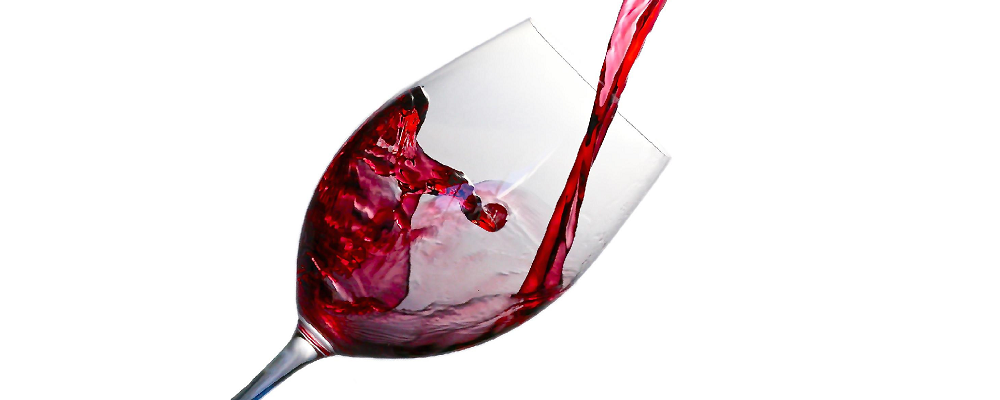As winemakers we have chosen to use the Bordeaux reds as a role model to help us understand and create, but not necessarily duplicate wines we make today. In early days, these Cabernet-influenced wines were labelled “Claret” before the term became protected under EU Law. It’s a fairly broad description but it referred to wines which were light to medium bodied, with the colour light to dark red according to age. The wine should be soft and round on the mid palate but finish with firm tannin and some oak.
Mudgee has produced many great examples of ‘Claret’ over its’ long history and is well suited to producing this style. To such an extent that in the Mudgee Wine Show we introduced the “Mudgee Classic Blends” Class to showcase the outstanding set of Cabernet/Shiraz named blends within in the district. It is usually the pre-eminent class of the Show and a favourite of the visiting judges.
Merlot is Cabernet Sauvignon’s natural partner. Some say Cabernet and Shiraz need to be blended…but not to each other. I think that Merlot and Shiraz each contribute to an improvement of Cabernet (esp. in Mudgee) but at alternative ends of the ‘Claret’ spectrum. The sweet plush black fruit flavours of Merlot and its sometimes tobacco/herbal qualities complement Cabernet. It typically lends richness without excessive weight. Cab/Merlot blends tend to soften more quickly in their maturation and look more integrated earlier than a lot of young red wines.
Prior to more recent understanding of viticultural practices to improve exposure and ripeness of grapes, Shiraz was relied upon to correct any deficiency of Cabernet’s mid-palate. The other option was to extract more tannin and phenolics to cover up any obvious hole. In most cases it worked and continues to do so today. The richness and sweetness of flavour that Shiraz can bring slots neatly into Cabernet’s impact of fruit at the front of the mouth and it’s long, tannic finish.
The question is now of technique in the winery that promotes longevity. The traditional red wine techniques of fermenting very warm (~30C) and pressing hard before finishing fermentation to extract big, hard tannins, and using small new (usually American) oak helped keep the wine for many years. This didn’t favour drinkers who couldn’t wait. Today, current red vintages are usually just a year or two old and wine is opened quickly after purchase. So now, we crush and remove all the stalks, ferment cooler (22-24C) to retain fruity aromatics and are less extractive so that wines are able to be consumed earlier. Has this changed the ability of Cabernet blends to age worthy of ‘Classic’ status??
The answer is a positive one. Winemakers and viticulturalists are more innovative than ever in using a combination of techniques new and old. We are achieving more intense fruit driven flavours that become more complex in time with careful use of better oak. It all culminates in a complete and reliable palate structure that benefits the cellaring process.
In this offer, you have two Cabernet blended examples from Bunnamagoo that will illustrate the attractiveness they have to both winemakers and consumers alike. The 2016 Bunnamagoo Cabernet/Merlot is at the soft/elegant end of the spectrum. Think similarly to Lindemans Pyrus but for a much more attractive price. The 2019 Bunnamagoo Cabernet/Shiraz/Merlot is more the firm/elegant style along the lines of Lake Breeze Langhorne Creek or Hollicks Coonawarra. World class examples of concentrated and extracted styles are Aussie Penfolds Bin 707 and Wynns John Riddoch that take their place alongside Sassicaia from Italy or Opus One from California. All highly prized against their Bordeaux counterparts.
Whatever your preference in style, be assured that these are two quality wines worthy of Mudgee Classic Blends status.
